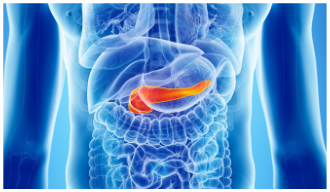Robotic-assisted surgery is one of the fastest growing surgical categories worldwide
Key milestone in the Cellvizio product development roadmap, moving closer to data-driven surgery
Mauna Kea Technologies today announced that it has received United States Food and Drug Administration 510(k) clearance for its CelioFlex™ UHD Confocal Miniprobes™ for use with Cellvizio in robotic-assisted surgery procedures. The intended use of CelioFlex UHD Confocal Miniprobes is to provide visualization of body cavities, organs, and canals during endoscopic and laparoscopic surgical procedures, including robotic-assisted procedures. This is the 13th FDA clearance covering the Cellvizio system.
Robotic-assisted surgery allows doctors to perform many types of complex procedures with greater precision, flexibility and control than is possible with conventional techniques. There are more than 4,000 da Vinci robotic surgical systems installed around the world, with approximately 750,000 robotic-assisted procedures performed on these systems in 20161. Robotic-assisted surgery has experienced significant growth in the last several years and is expected to continue growing rapidly as new robotic-assisted surgery systems enter the market.
Sacha Loiseau, Ph.D., Founder and Chief Executive Officer of Mauna Kea Technologies, added, “This new FDA clearance is an important milestone for the company on its Cellvizio product roadmap and market expansion strategy. We see the ability to instantaneously visualize and characterize tissue at the cellular level as a natural extension to robotic-assisted procedures and enabling data-driven surgery, which will in-part rely on advanced imaging and machine learning algorithms to provide reliable, real-time tissue information to surgeons.”


